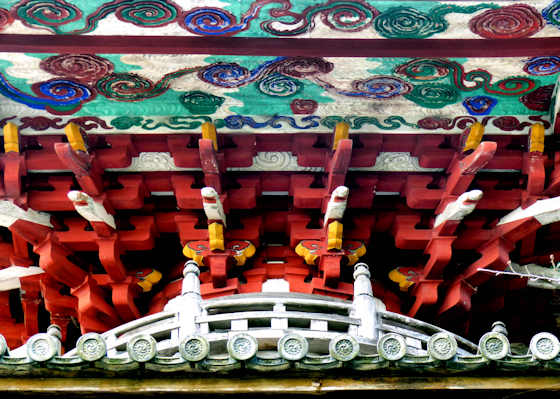Kumadaniji Temple 熊谷寺
The Tahoto, two-storied pagoda, at Kumadaniji Temple. Built in 1701, it is an Important Cultural property of Tokushima. The Tahoto is usually found at Shingon and sometimes Tendai temples.Kumadaniji is Shungon.
It is temple number 8 on the Shikoku Ohenro pilgrimage, but I was revisiting it on day 2 of my walk along the Shikoku Fudo Myoo pilgrimage which followed a similar route for the first day and a half.
Earlier I posted about the
impressive Niomon gate that stands out in the valley. At the Sanmon, Mountain gate, of the temple there were a pair of Shitenno guardians, Jikokuten, I believe, pictured above.
The main hall of the temple burned down in 1928, but the Daishido, pictured above, survived. It was built in 1774.
A statue of Kobo Daishi as a mendicant monk stands in front of the bell tower.
A statue of Bishamointen, another of the Shitenno, at Kumadaniji Templenin Tokushima.




























